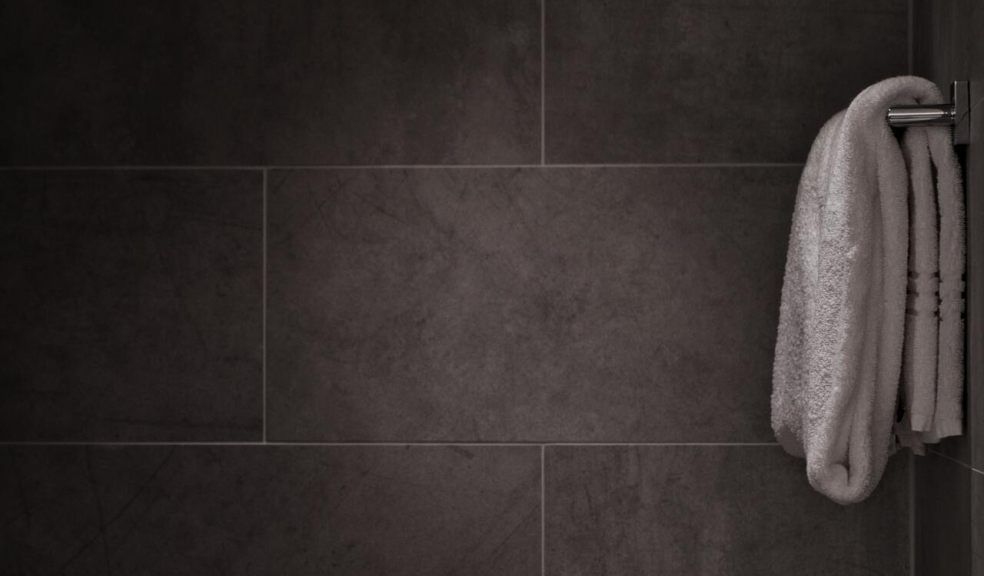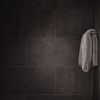
Ceramic tile fashion: The new MVP of interior design
The seven key elements of interior design are light, colour, texture, pattern, forms, line, and space. When browsing catalogues of modern ceramic tile sellers like MindTile, it’s therefore no surprise that ceramic tiles are becoming the MVP of interior design.
From bright patterned wall decoration to functional cool flooring, ceramic can do it all. Whilst other flooring is relatively static: laminate flooring and carpet, for example, are fairly narrow in what they do and can offer, ceramic tiles offer a huge variety of styles and designs that can be easily chopped and changed.
Modern Interior Design
Ceramic tiles are known for their timeless elegance. They’re historically used for beautiful decoration, even as far back as 4000 BC in Egypt, but were common for flooring too due to their robust nature.
In recent years, ceramic tiling has been used for similar reasons to Egypt in 4000 BC, but just expressed differently. Instead of mosaics and murals, floor and wall tiles are being used for modern innovation and texture experimentation. The floors and walls remain to be a canvas of art, but our approach now is through designs around simplicity, minimalism, and modern design.
Ceramic tiles are modular, meaning they can be divided into different areas. A mono-designed floor is possible, but we can break up different parts of the wall into different designs. Perhaps the bottom third of the wall is an extension of the minimalist floor tiles, whilst the upper two-thirds is a more floral or mandalas design.
Ceramic tiles are so easy to print designs onto that the options are far-reaching. It’s not just different designers take on the patterns, but also the textures they want to appear. Metals, wood, marble, brick... Almost any appearance can be achieved. This is why ceramic tiles come from the outdoors to the inside because the versatility was exploited more. We can turn ceramic tiles into a modern wooden finish, or a rustic oak one - we can bring some of outside's nature indoors whilst still retaining the ceramic functionality.
Toughness
There’s a reason why Spain is one of the world’s largest producers of ceramic tiles: ceramic can take a temperature pounding whilst remaining a cool material. However, with better insulation and heating systems, along with global warming, ceramic tiles are becoming increasingly common to use inside the home for Northern Europe.
First and foremost, they’re a flame retardant and extremely water-resistant. This makes it a very safe choice for a kitchen flooring, because you’re not only protected from flames but it’s extremely easy to clean. Water sits on top of the surface, making it easy to mop up, and will not erode the foundation underneath.
For this reason, ceramic tiles are very easy to maintain. They can last decades with no stains, no scratches, and gather no dust. If one cracks, it’s easy to replace a single tile with another, making it extremely cost-effective in the long-run. Their functionality is what will make them a long-lasting trend, but being recyclable will certainly help too.













